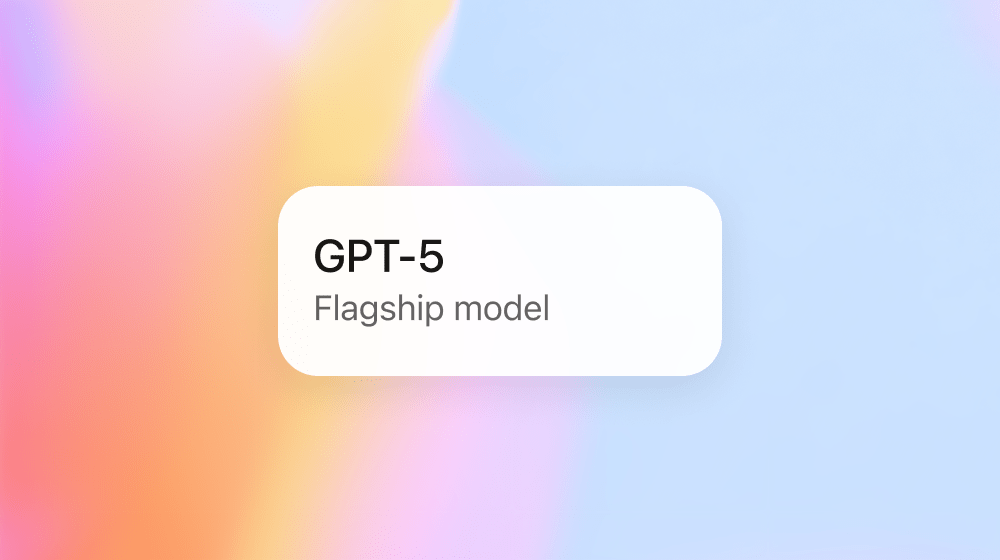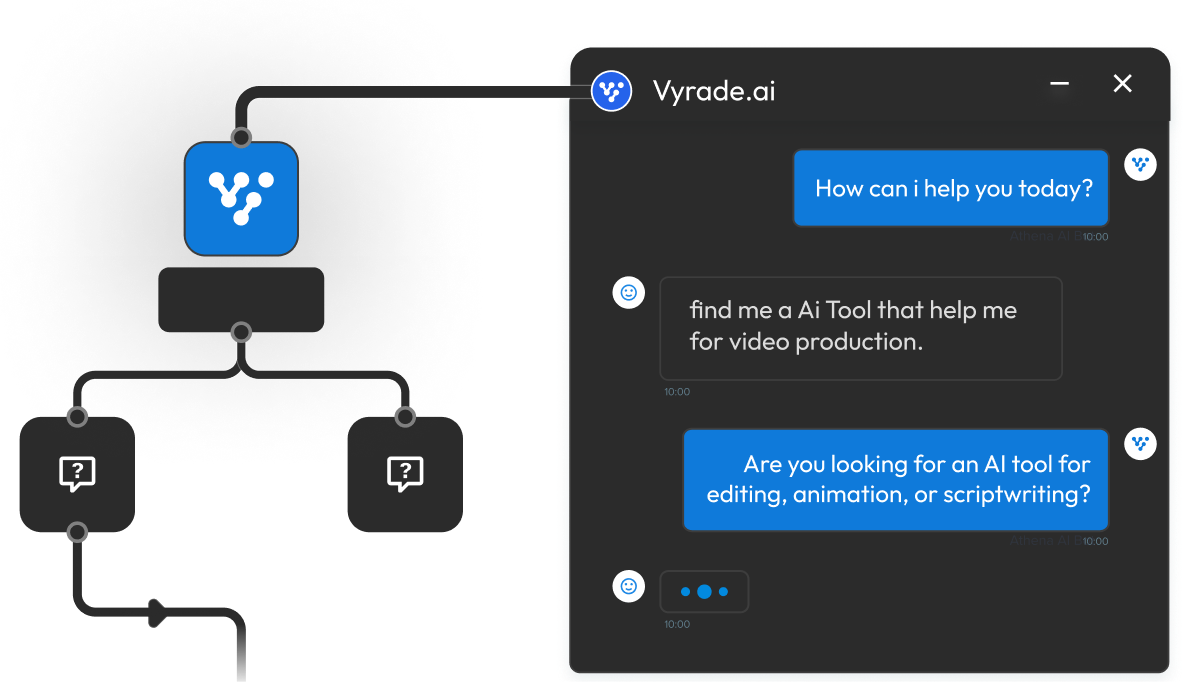In an exciting development, OpenAI has announced significant updates to its latest model, GPT-5. According to a late Friday release, the new version is designed to be “warmer and friendlier,” addressing concerns about previous versions’ interactions. This update is part of OpenAI’s ongoing efforts to enhance user experiences and make GPT-5 more approachable and engaging. As we delve into this latest development, let’s explore what this means for the future of AI.
Latest GPT-5 Update
Recent advancements in artificial intelligence have been nothing short of revolutionary, particularly with the advent of large language models like those developed by OpenAI. The latest release from OpenAI, the GPT-5 model, introduces a significant shift in how AI interacts with users. The emphasis on making GPT-5 “warmer and friendlier” signifies a broader trend in AI development: the need for empathy in artificial intelligence.
Imagine AI models evolving to understand human emotion and react with a degree of empathy akin to an understanding roommate who can absorb negativity. In a coercive positive environment, it builds a mutually beneficial relationship. The GPT-5 upgrade aims to achieve this level of emotional acuity to facilitate more comfortable interactions and achieve positive results through content engagement.
For example, the launch of BERT-based models changed the landscape of natural language processing (NLP) by focusing on contextual understanding. Similarly, GPT-5 aims to tackle deeper concerns such as tact, courtesy and human value. The enhancements are expected to have both practical benefits and emotional ones.
To grasp the significance of GPT-5’s approachability, it’s crucial to first understand the evolution and background of AI models leading up to this point.
Background of GPT-5 and Previous Models
To understand the significance of GPT-5, it’s essential to look at the evolution of OpenAI’s language models. OpenAI started with simple models capable of generating text based on statistical patterns, then the newer versions started to understand context and create a coherent flow of meaningful results.
For example, GPT-3 and later GPT-3.5 delved into broader topics, accurately replied and rephrased content with minimal intervention. They expanded beyond generating simple sentences and equated to generating polished articles. GPT-4 was geared toward even more accurate text generation and better contextual understanding according to the report. But, GPT-5 aims to take these capabilities further by incorporating a more empathetic and user-friendly behaviour.
For instance, when reacting to the same input, a more amicable AI would respond with a more diverse set of pleasurable and stimulating outputs, while an unemotional AI would persist with deeper analysis and logical outputs that might appear unfriendly.
GPT-5 integrates emotional engagement, a significant advancement in the field of natural language processing. This trajectory elucidates how GPT-5’s updates align with global AI trends.
“This latest development underscores the industry’s shifting focus towards making AI more human-like,” says Patrick Lincoln, a prominent figure in AI research. “The emphasis on ‘warmth and friendliness’ indicates a maturation in how AI models are designed to interact with users.”
Current Trends in AI and User Expectations for Human-like Responses
AI models have significantly advanced in recent years, with a growing emphasis on creating more human-like and approachable interfaces. As a result, users today appreciate AI interactions that feel natural and friendly. This emphasis on “warmth” and “friendliness” aligns perfectly with the current trends, likely influencing the future direction of AI upgrades.
For example, a growing trend of support for Mental Health AI chatbots in lesser-known companies, leverages GPT-5 to interact with more depressed or stressed users, who may be unavailable to a human listener. This wide-acceptance indicates the strong need for humanistic AI interactions.
Such features have become crucial aspects of AI, making the updates for GPT-5 timely and relevant to how users interact with AI models. Users now expect AI interactions that navigate complex linguistic structures and engaging scenarios and provide suitable responses. These interactions are hence formulated to address the “human needs”:
1. Engagement: Providing multichannel, intergenerational content.
2. Emotion: Dependable output targeting pleasure and stress-relief.
3. Contextual memory: Creating a customary, flexible response.
4. Execution and follow-through: Assuring consistent execution.
Clearly, aligning with these interesting user expectations and the trends often set by dynamic AI models is essential for a successful GPT-5 update.
Insight: What Exciting Implications Does “Warmer and Friendlier” Mean for GPT-5?
The terms “warmer” and “friendlier” suggest a significant shift from casual and plain AI interactions to deeper, emotionally attached interactions. These updates are likely to include more empathetic responses, a better understanding of nuances within human language, and more natural conversational styles.
Such enhancements over casual AI interactions will have surrounding implications for various industries:
Personal Computing & Virtual Assistant
In consumer products, a more accessible and engaging AI interface has the potential to reduce technology barriers and enhance focus/concept retention. For example, students or creative designers with shorter attention spans or who feel tech burnout can benefit from a more engaging and faithful AI interface.
Educational Assessment
In personal learning spheres, a GPT-5 AI capable of relating the content to user aspirations, and providing rich, complicated yet engaging answers will keep education more accessible. This humanized interface will better engage users and decrease dropout rates.
In various examples, the term warming and friendliness must reflect enhanced interaction quality, more user engagement, and better retention.
Forecast: The Future of AI and User Interaction
Looking ahead, the updates to GPT-5 are just the beginning. As AI models continue to evolve towards emotionally connected and more human-like AI interactions. As AI becomes an integral part of our daily lives, such places like public transportations, public inforamtion displays, digital assistants, the expectation for these models to be not just effective but also engaging and empathetic will only increase.
Future AI iterations are likely to build upon these improvements, integrating more sophisticated emotional intelligence and contextual understanding. In addition, these models shall strive for practical skills such as conversing in multiple languages or dialects or better understanding multilingual users. They will aid the development of conversational AI models with better undestanding and aranging of syntax, acceptable emojis/digital expressions or even moderating text in jokes, sarcasm, anger, anonymity preserving tack, etc.
Hence, this ability will significantly impact various sectors, such as:
- Health care: With an always-available buddy AI for psychological services and personal health information delivery.
- Education: With cognitive learning services for formulations that provide extensive user psychoanalysis and ascertain the proper educational style.
- Administration: Assisting with assessment and other administrative services.
These advancements will open up new avenues for AI applications in education, entertainment, and personal development. The seamless interaction between humans and AI model could lead to a more integrated world where modern technology is not just a tool but a companion in navigating life’s challenges. Among many features, AI chatbots that are available without sensing physical presence is an advantage that cannot do without.
Therefore, experts and AI enthusiasts are eager to experience these new AI integrations.
AI is very close to being humanized and is hence anticipated with a lot of excitement and enthusiasm.
Whether you’re a developer looking to integrate these features into your applications or a user eager to experience more empathetic AI interactions, GPT-5 updates offer a glimpse into the future of AI.
Engage with the latest developments today and be a part of the evolving AI landscape!





